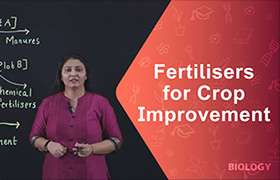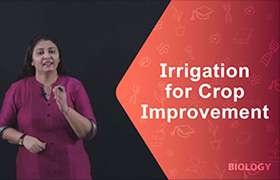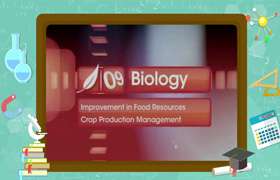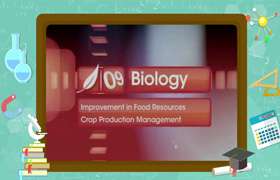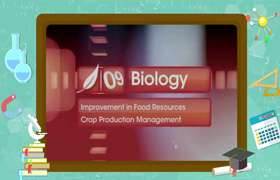CBSE Class 9 Answered
How are genetically modified crops produced?
What should we do te get maximum benefits from fields?
Asked by George | 17 Aug, 2014, 07:10: PM
Genetically modified crops are produced by altering the genetic material using genetic engineering techniques.
Genetic engineering involves modification of the genetic information of living organisms by manipulating DNA, either by adding, removing or repairing a part of DNA, thereby altering the appearance of the organism. Therefore, genetic engineering is also known as recombinant DNA technology or gene manipulation. It is based on a type of ‘cut and paste’ method.
- In the first step, specific nucleotide sequences or genes from the DNA of plants are cut off.
- The nucleotide sequences are then pasted or recombined into a circular DNA or plasmids of certain bacteria. The DNA formed in this way is known as recombinant DNA.
- The recombinant DNA is next introduced into a bacterium such as E. coli. The bacterium begins to divide, and a large population of bacteria is produced. Each bacterium has the duplicated plasmid carrying the desired gene.
- The multiple copies of DNA produced in this manner are preserved in a DNA library or they can be used for large-scale production of special substances.
- To get maximum benefits from fields, gene which are responsible for disease resistance, pest resistance and tolerance to herbicides and pesticides are introduced while performing recombinant DNA technology.
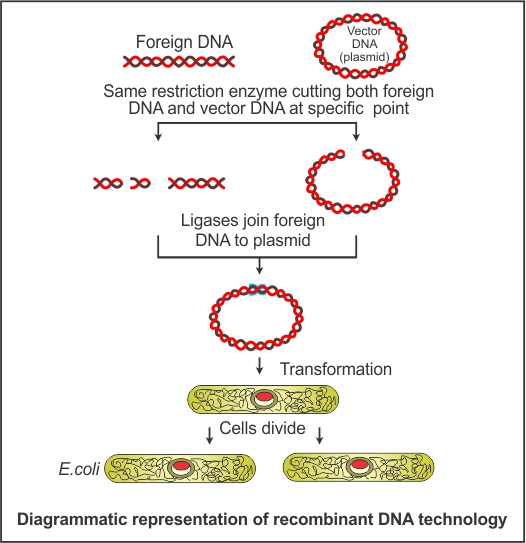
Answered by Hemangi Binny | 18 Aug, 2014, 09:30: AM
Application Videos
Concept Videos
CBSE 9 - Biology
Asked by bjrathod121 | 18 Jan, 2024, 08:57: PM
CBSE 9 - Biology
Asked by febievangeline612 | 30 Dec, 2022, 09:45: AM
CBSE 9 - Biology
Asked by slaxmibai1982 | 13 Mar, 2022, 12:26: PM
CBSE 9 - Biology
Asked by keshav1234554321 | 27 May, 2020, 02:22: PM
CBSE 9 - Biology
Asked by rkhan84012 | 30 Apr, 2020, 01:56: PM
CBSE 9 - Biology
Asked by sarthakvatsathegreat | 02 Mar, 2020, 06:38: AM
CBSE 9 - Biology
Asked by teesagajjar2435 | 28 Jan, 2020, 10:35: PM
CBSE 9 - Biology
Asked by nirajdoiphode2004 | 22 Aug, 2019, 06:28: PM
CBSE 9 - Biology
Asked by neelsaki007 | 19 Aug, 2019, 04:48: PM

